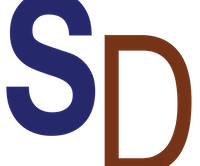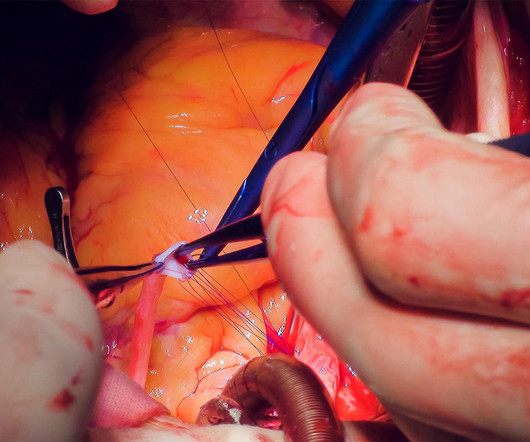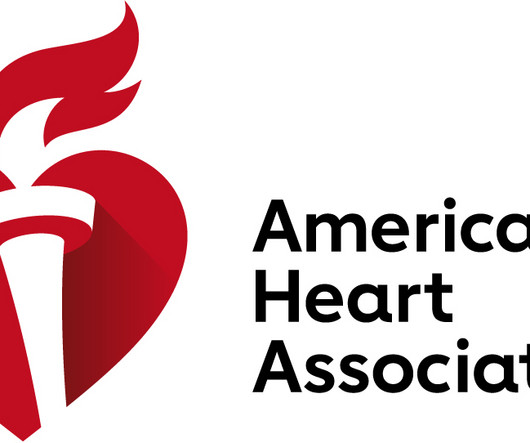Outside the Laboratory Assessment of Upper Limb Laterality in Patients With Stroke: A Cross-Sectional Study
Stroke Journal
NOVEMBER 30, 2023
Stroke, Ahead of Print. BACKGROUND:The rehabilitation of upper limb sensorimotor performance after stroke requires the assessment of daily use, the identification of key levels of impairment, and monitoring the course of recovery. It needs to be answered, how laboratory-based assessments and everyday behavior are connected, which dimension of metrics, that is, volume, intensity, or quality, is most sensitive to reduced function, and what sensor, that is, gyroscope or accelerometer, is best suite



















Let's personalize your content